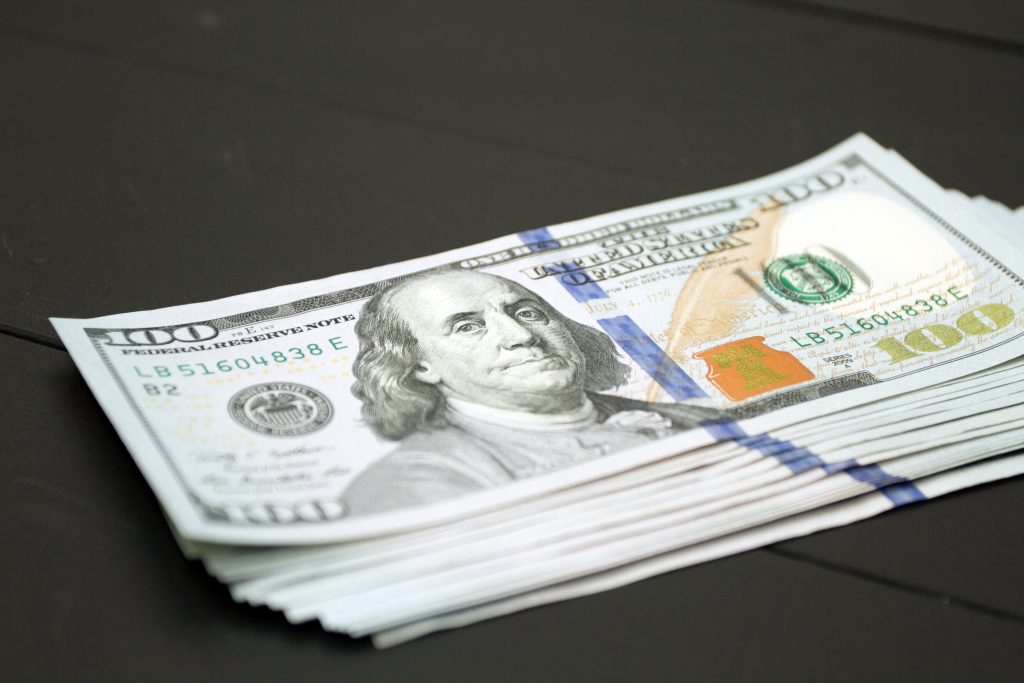
For the first time in the last decade, the Federal Reserve has increased interest rates, affecting various types of debts. The increase was only .25 percent, but some believe future hikes are possible if the economy continues to improve. A series of future interest rate hikes will have a more significant effect on debts. Among the debts that will be affected are federal student loans issued before 2006 and private student loans with variable interest rates.
First, let’s explain what interest rates are and how they affect student loans. Interest is the cost associated with borrowing, in this case for higher education. Once a loan has been issued, a percentage of the loan (interest rate) accumulates over time and is added to the balance.
Some student loans have variable interest rates, meaning they change. Others have fixed interest rates, meaning they stay the same throughout the life of the loan.
Will Borrowing for College Become More Expensive?
The loans most affected by interest rate hikes have variable interest rates. However, even with fixed interest rates, the cost of borrowing will still increase. If the Federal Reserve continues to gradually increase interest rates by .25 percent each time, it will become more expensive to borrow for higher education each year. Federal student loan interest rates are determined every spring.
Here are some aspects of Federal Reserve interest rate hikes you should remember:
- People with variable interest rate loans will have higher monthly payments as rates increase.
- If there are more hikes, future college students with federal loans will see interest rates increase each year.
- Student loans are not the only type of debt affected by the increase in interest rates. Other types of debts, such as car loans, mortgages and credit cards, will also be affected. Going forward, it would be wise to budget around Federal Reserve interest rate hikes.
 Book an
Book an Email
Email Directions
Directions







